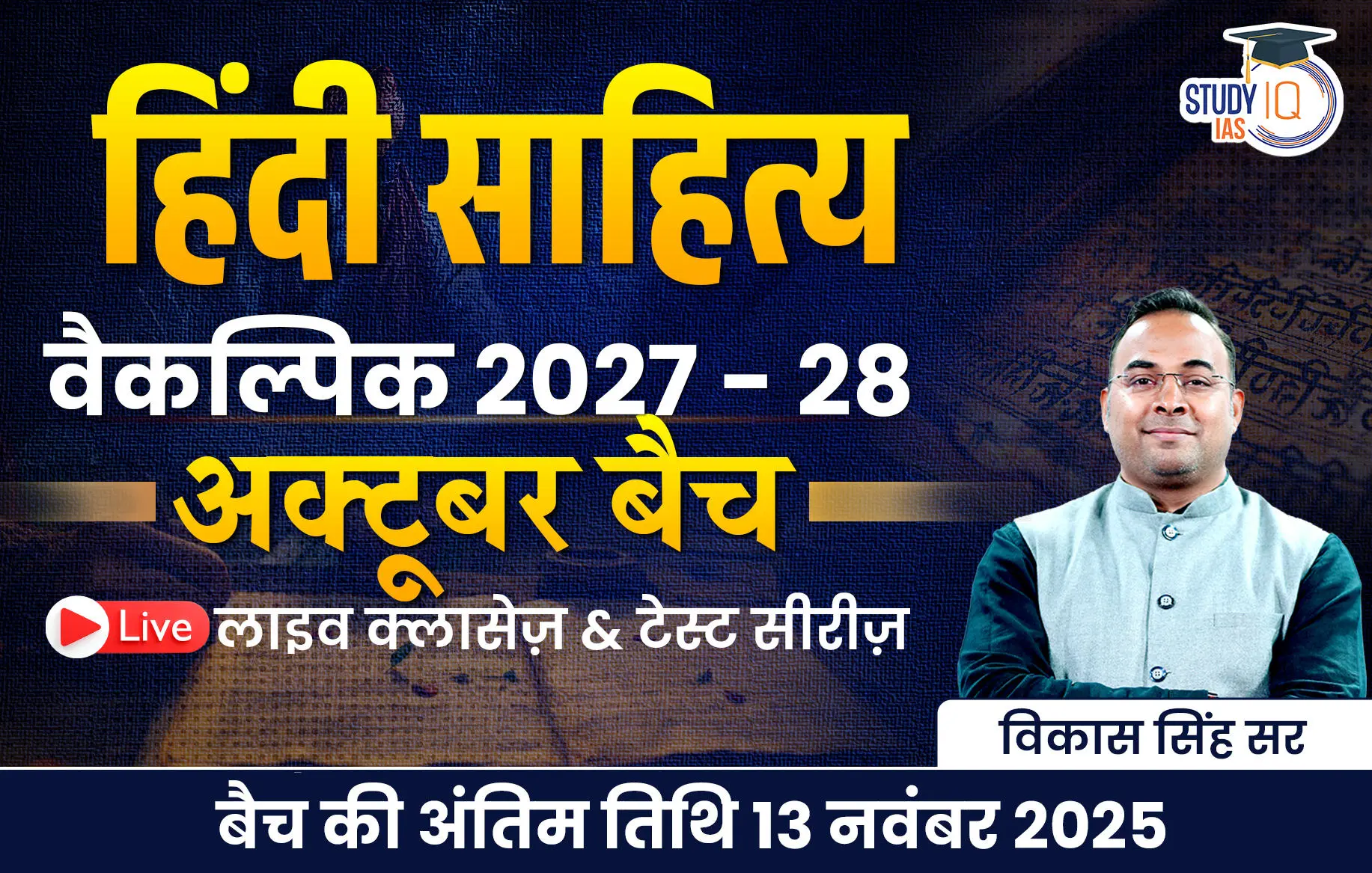Table of Contents
National Broadcasting Day 2025 is celebrated on July 23, marking the anniversary of a key moment in Indian media history—the day when India’s first-ever organised radio broadcast was aired in 1927 by the Indian Broadcasting Company (IBC). This day is not only a tribute to the origin of radio broadcasting in India but also a reflection on its journey in shaping public awareness, education, and national integration.
Why is National Broadcasting Day Celebrated?
On July 23, 1927, the Indian Broadcasting Company (IBC) launched its first radio transmission from the Bombay Station under a license granted by the British colonial government. This marked the beginning of structured, licensed, and official radio broadcasting in India.
To commemorate this historic moment, July 23 is observed annually as National Broadcasting Day, celebrating the evolution and impact of broadcasting services, particularly radio, in India’s socio-cultural and political landscape.
History of Radio Broadcasting in India
-
1923: The Radio Club of Bombay conducted India’s first experimental broadcast.
-
1927: Formation of the Indian Broadcasting Company (IBC) on July 23; regular radio broadcasts began in Bombay.
-
1927 (August 26): A second IBC station began in Calcutta (now Kolkata).
-
1930: IBC went into liquidation due to financial issues.
-
1930 (April 1): The government took over and launched the Indian State Broadcasting Service (ISBS).
-
1936: ISBS was renamed All India Radio (AIR).
-
1956: AIR adopted the name Akashvani, meaning “voice from the sky”.
Significance of National Broadcasting Day
During the Freedom Movement
Radio served as a critical medium for freedom fighters to spread nationalist messages. Underground stations and short-wave broadcasts helped inform the public and raise political consciousness against British rule.
Post-Independence Development
After independence, All India Radio (AIR) played a transformative role in:
-
Spreading literacy and health education
-
Broadcasting agricultural and rural development content
-
Promoting cultural unity through regional and national programming
-
Reaching remote and underserved areas
Modernization and Global Reach
-
AIR’s External Services Division broadcasts to over 100 countries, promoting India’s global voice.
-
AIR operates 591 stations, covering 98% of India’s population, and offers content in 23 languages and 146 dialects.
-
Technological upgrades such as Digital Radio Mondiale (DRM) and FM channels show radio’s adaptation to modern needs.
Relevance in the Digital Age
Despite the digital revolution, radio remains highly relevant in India due to:
-
Low-cost accessibility
-
Strong penetration in rural areas
-
Reliability during emergencies
-
Ability to broadcast in multiple regional languages
Government programs like Community Radio Stations are helping empower local communities and improve grassroots communication.
Future of Broadcasting in India
As India moves toward a digital-first future, National Broadcasting Day 2025 is a time to reflect on the need for:
-
Technologically advanced broadcasting systems
-
Greater integration of AI and digital tools in public service broadcasting
-
Strengthening local voices via community radio
-
Fostering media literacy in every region
How India Celebrates National Broadcasting Day
Various organisations, including All India Radio, Prasar Bharati, Ministry of Information and Broadcasting, and academic institutions observe the day through:
-
Seminars and panel discussions
-
Radio heritage exhibitions
-
Public awareness campaigns
-
Broadcasts on the history and legacy of AIR
Conclusion
National Broadcasting Day 2025 is more than a remembrance of the first radio transmission in India. It is a celebration of how broadcasting, especially radio, has contributed to national unity, public awareness, and inclusive development. As the medium continues to evolve in the digital age, its core values of education, information, and empowerment remain more relevant than ever.


 White Iberian Lynx: A Rare Marvel of Nat...
White Iberian Lynx: A Rare Marvel of Nat...
 Marine Fisheries Census 2025: India’s ...
Marine Fisheries Census 2025: India’s ...
 National Beekeeping and Honey Mission (N...
National Beekeeping and Honey Mission (N...

























